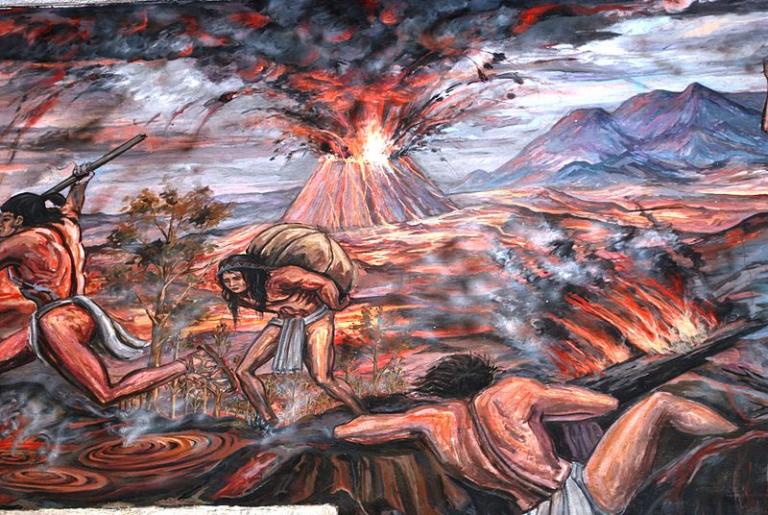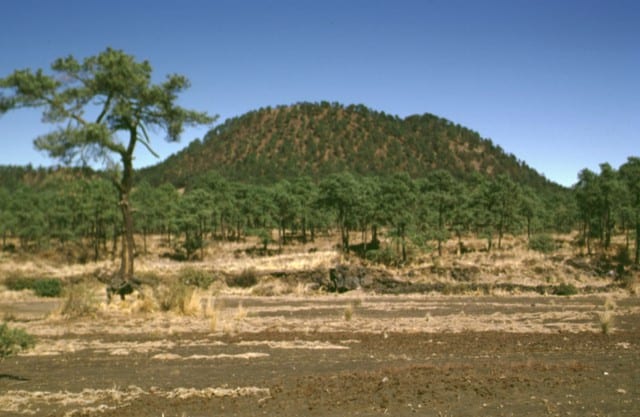
Wikimedia Commons public domain image
Among other things, Jerry D. Grover, Jr., Geology of the Book of Mormon (2014) supplies a good general background to the relevant elements of seismology and volcanology before entering into a specific discussion of the individual volcanoes that are located in the Isthmus of Tehuantepec. And, once again, he offers some cautions:

It is important to note that the historical volcanic eruption data will invariably be incomplete. It is clear after a review of the literature that the rainy semi-tropical climate of the Isthmus has eroded and obliterated many of the volcanic deposits, even those as old as just a few hundred years. In addition subsequent eruptions cover up evidence of prior eruptions. Finally, some of the volcanoes have not had thorough geological investigations to differentiate historical volcanic deposits. There may be other eruptive events during the period of 3rd Nephi that are yet to be discovered, or whose evidence is no longer present. . . .
Some sources did not list the level of accuracy of the sample data, so further investigation may be expected to modify those results. Of course, this level of accuracy is for the lab results, there can be errors that occur in the original sample. In addition to error from contamination of the sample, volcanoes, whether active or apparently dormant, produce carbon dioxide gas that can skew radiocarbon dating because they locally dilute the atmosphere with carbon that has no 14C activity, which local vegetation may have absorbed prior to burial.
This is not to imply that radiocarbon dates are not accurate in volcanic environments, but it does suggest that the more samples that are taken the better, and that there may be data disagreements among scientists on the same volcano that may only be resolved by looking for correspondence from other types of sampling or historical sources. The volcanic eruption of the Xitle volcano, which covered the city of Cuicuilco near Mexico City, is a perfect example. The site may have been tested more than any other volcanic site in the Americas, yet the radiocarbon dating by different archaeologists has swung in a range of 2500 years. It is best to keep an open mind on the identification of 3rd Nephi volcano(s) when considering radiocarbon dating of eruptions as a parameter. (32)











